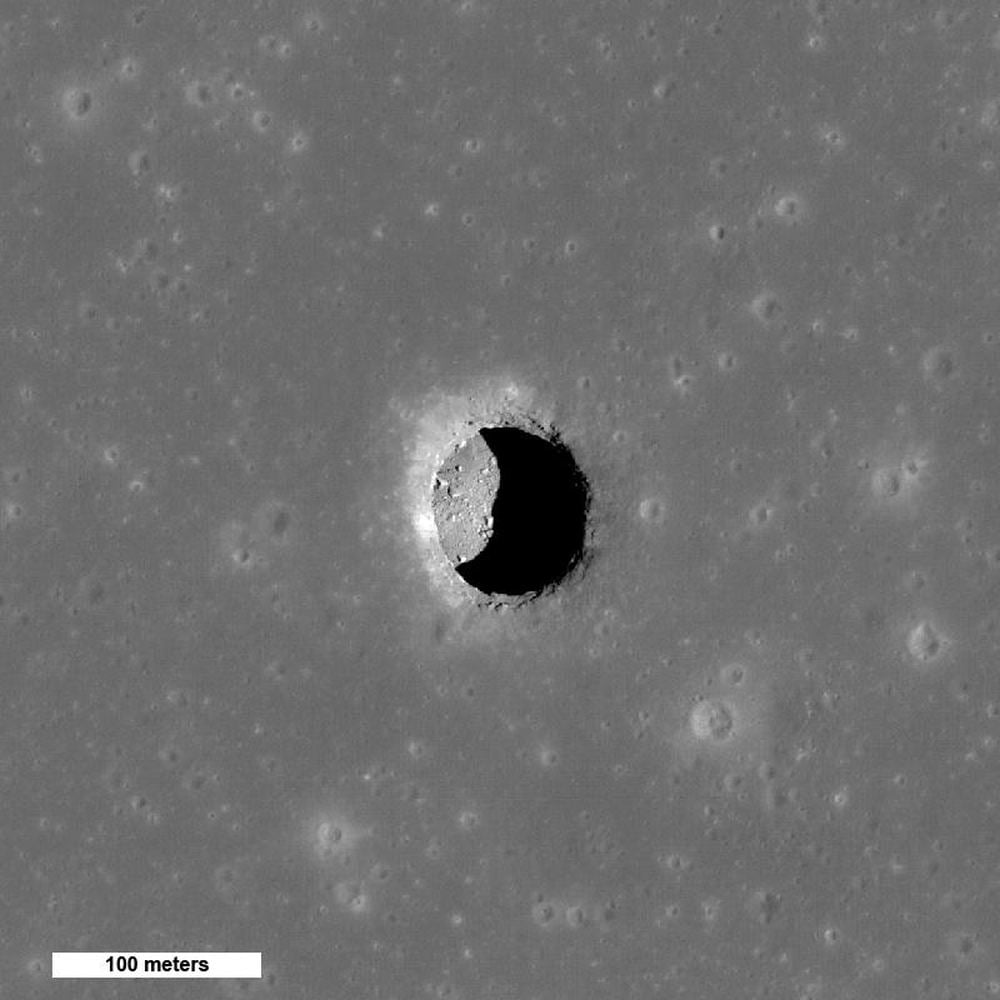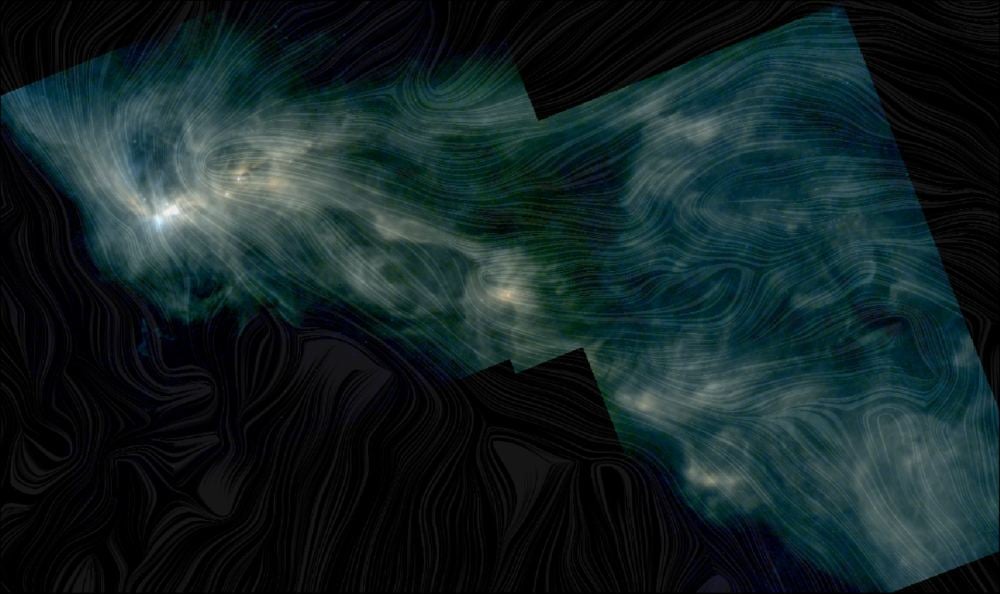
The Earth's magnetic North pole has been moving awfully fast in recent years. But there's nothing to worry about.
Continue reading

The discovery of a bright galaxy that existed 13 billion years ago is shedding light on a period known
own as the "Cosmic Dark Ages."
Continue reading

A pair of linguists recently did a study, which appeared in an ESA-associated journal, that discusses how interstellar travel could lead to changes in our language.
Continue reading

Missing the planets in the first half of 2020? That's all about to change, as the gas giants Jupiter and Saturn reach opposition in rapid succession this month, heralding a return to the dusk sky.
Continue reading

In what would have been the 12th successful launch of their Electron rocket, Rocket Lab
Continue reading

Amateur astronomers have discovered a new storm near the Great Red Spot.
Continue reading

Breakthrough Listen, the largest SETI effort ever mounted, just released a list of over 700 objects that could be of interest to people looking for aliens!
Continue reading

HeroX is one again hosting a NASA challenge, this time to develop a space toilet that will facilitate lunar exploration.
Continue reading

A brilliant blue star has disappeared from view, which could mean it became a black hole in a novel way.
Continue reading

Every year since 2012, Mars City Design hosts the Mars Feast Gala, where talented chefs create tantalizing entrees based on what future generations could grow on Mars.
Continue reading

The July 4th Penumbral Lunar Eclipse Ends a Rare Triple Eclipse Season
Continue reading

Watch for comet C/2020 F3 NEOWISE at dusk in late July... if it survives perihelion.
Continue reading

The recent discovery of a very young gas giant could offer clues about how "Hot Jupiters" form and whether or not they migrate over time.
Continue reading

A new tool from NASA Goddard allows us to witness what a sunset would look like on other bodies in the Solar System, from Venus to Uranus.
Continue reading

As the only Mars analog environment in the Southern hemisphere, Habitat Marte is conducting research that will allow humans to live on Mars someday
Continue reading

NASA has announced that starting next year, SpaceX will be able to reuse its Crew Dragon spacecraft and Falcon 9 boosters to send astronauts to the ISS.
Continue reading

 Universe Today
Universe Today














































